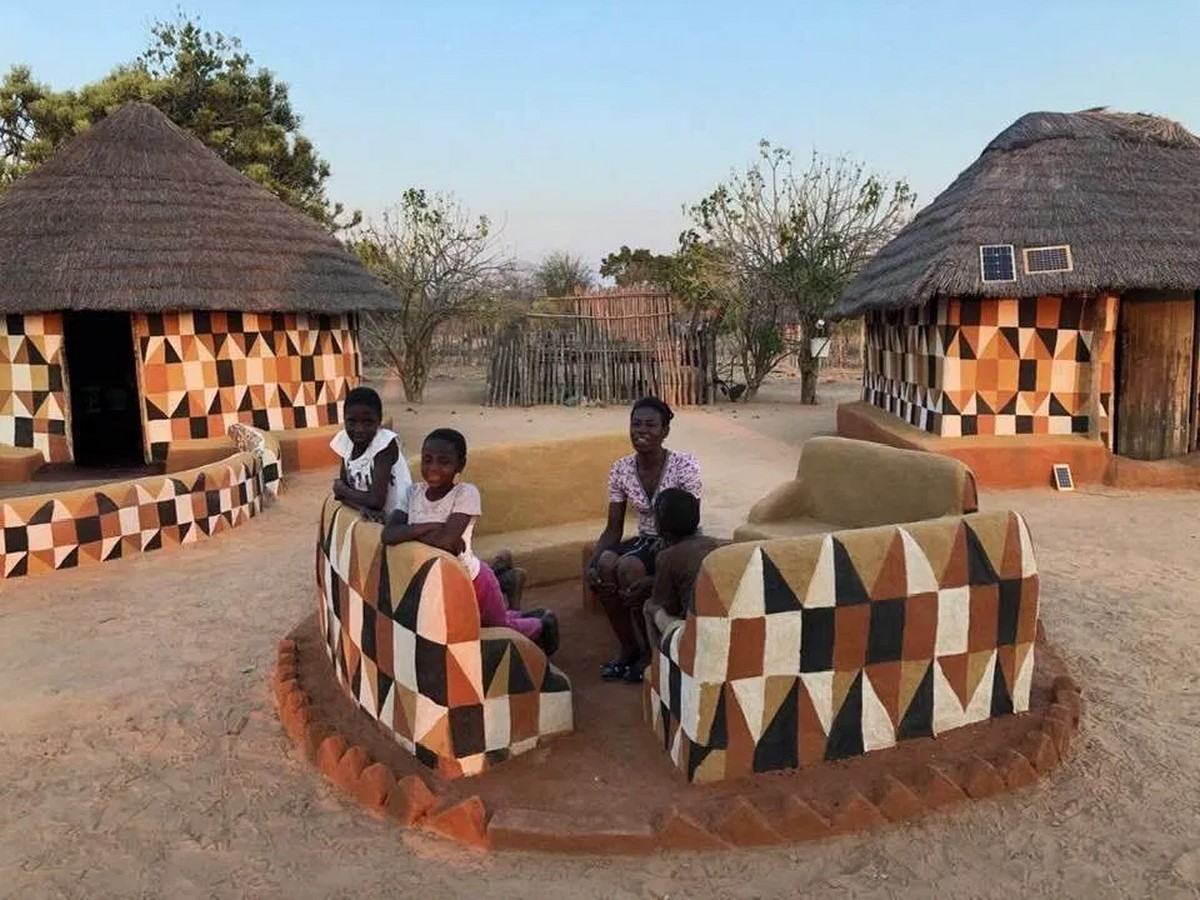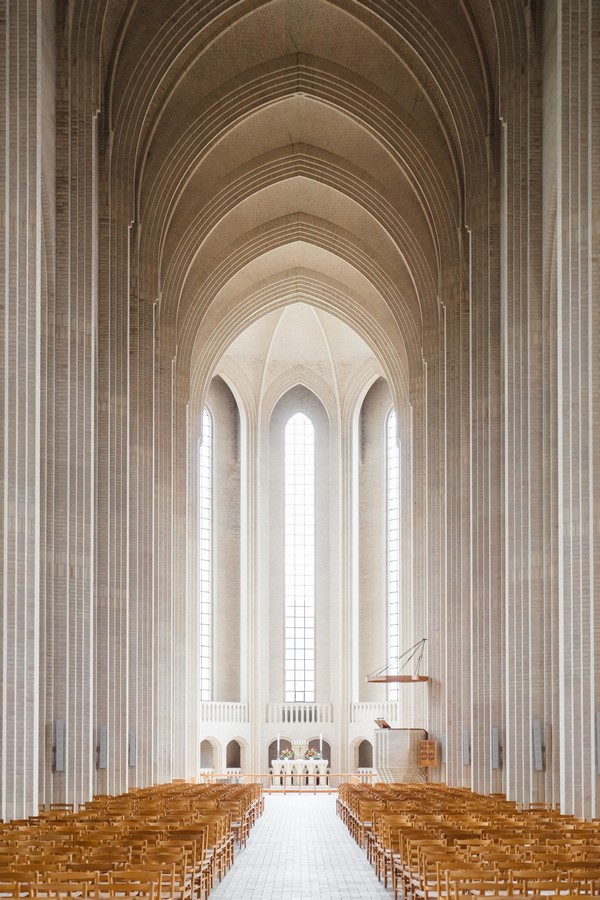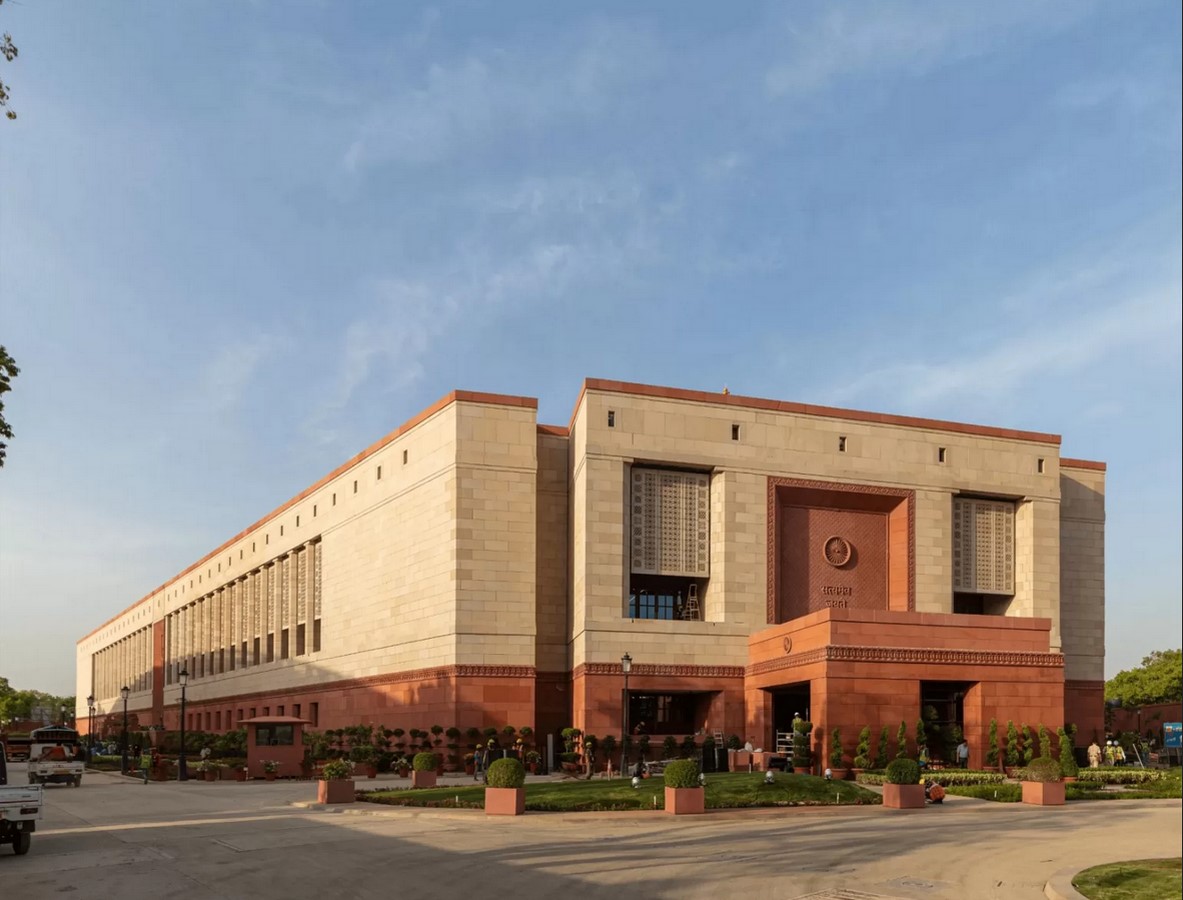Predicting the future could be an adventurous thing to do. Many a time one would live to witness the prediction. This article aims at throwing probabilities of the gear shift of the profession of architecture in our country. With the Supreme Court’s rule that anyone can practice architecture without entitling themselves as an architect, there was rage and cry from the whole fraternity. Does the rule curb an architect’s role, or can a legal rule curb the timeless nature of the spaces that an architect can create? What does the future hold for this profession?
Man and His Space

Man would need space for his life like water, air or food. Born in Hungary or Helsinki or Haryana mankind needs space to live, perform his work, commune, celebrate, worship, mourn and whatnot. As readers read this, they would relatively attribute temples/ churches/mosques to worship or a quiet meditative space in their own home. Space is one of his primal needs for all his activities – for his living. Architecture as a profession as such is vested in this primal need.

India and Architecture


India has seen her own ebb and flow in this profession in accordance to the economic boom and recession. Pre Independence architecture was dictated by Colonial and Mughal invasions first which then entered a transitional phase and embraced modernism. Post-independence needed nation-building and the architecture profession was steer headed to cater to it. In the present era, there are around 406 colleges offering B.Arch. course alone registered with the Council of Architecture which is way less compared to a decade back. What would be the future of emerging architects and consequently the profession is a debatable topic. Does the supply meet the demand? First of all is there a demand for architects? A report from the U.S.A. a developed nation says only 2 per cent of the population is served by architects. In our case, in India it is true that an increase in the number of professionals increases the competition but the catch here is that architects had to compete with contractors, builders, engineers, Do It Yourself products and modular furniture manufacturers from Corporate companies (with Interior designers).
Future in Architecture
Advancements in immersive technologies such as virtual and augmented realities add a boost to the profession which sure would be the future next to Building Information Modelling (BIM). The fact that these are tools that could only enhance the speed, analytics, estimation and user experience and can never be a replacement for the architects themselves is a testimony to the fact that coming years of the profession would be in the hands of architects with strong technical and empathetical skills. Who pays heed to the climate change crisis, and who cares to better address the socio-economical and cultural context in addition to the site’s context by incorporating localised sustainable measures will gain an upper hand. History teaches us the same. The names in the field of architecture that we remember are the ones who made an impact in the community through their creation –positively. Hence, it is not unusual that such architects who make “significant contributions to humanity and the built environment through the art of architecture is whom the Pritzker prize is conferred with too – the higher honour in this field
As professor A.Srivatsan in an article published in “The Hindu” states “Architecture does not require radical inventions to correct and enhance its capabilities. In an essay in The New Yorker, surgeon-writer Atul Gawande points out that failures occur in professions that face uncertainties and complexities; however, what distinguishes a great profession from a mediocre one is not which one fails less but how quickly the profession rescues itself. A greater commitment is needed to design meaningful buildings, reinforce ethical orientation, make practice more inclusive, and upgrade competencies to build environmentally sensitive buildings and meet the challenges of technological disruption”
Conclusion
While there are myriad options that speed up the execution (3d printing technology and other fast-paced construction technologies like maven shuttering, using precast panels, etc) that help in the design development process (BIM) and user experience (Immersive technologies like VR and augmented reality), the actual carrier of architecture profession to it’s potential and prosperous future lie within the architect’s minds. Minds that can create spaces that elicit emotions from it’s users. Adapting to the above said technologies and being empathetic towards the people and planet, the future of architecture would be one that would herald the creative, ingenious minds infusing the localised sustainability measures in accordance to the changing lifestyle and work nature. And if this happens such minds will understand and create the future needed for the profession, it’s inhabitants and the nation as a whole.
Bibliography
Dickinson, D. (2016) Architects Design Just 2% of All Houses–Why?, https://commonedge.org/. Available at: https://commonedge.org/architects-design-just-2-of-all-houses-why/ (Accessed: 19 July 2023).
List of approved Institutions (2023) https://coa.gov.in/. Available at: https://coa.gov.in/institutionStatus.php (Accessed: 19 July 2023).
Miranda, N.D. et al. (2023) Change in cooling degree days with global mean temperature increasing from 1.5 °C to 2.0 °C, Nature News. Available at: https://www.nature.com/articles/s41893-023-01155-z (Accessed: 19 July 2023).
Purpose (no date) About the Prize | The Pritzker Architecture Prize. Available at: https://www.pritzkerprize.com/about (Accessed: 19 July 2023).
Srivathsan, A. (2023) Architecture beyond the new Parliament, Architecture beyond the new Parliament – The Hindu. Available at: https://www.thehindu.com/opinion/op-ed/architecture-beyond-the-new-parliament/article67086998.ece (Accessed: 19 July 2023).















